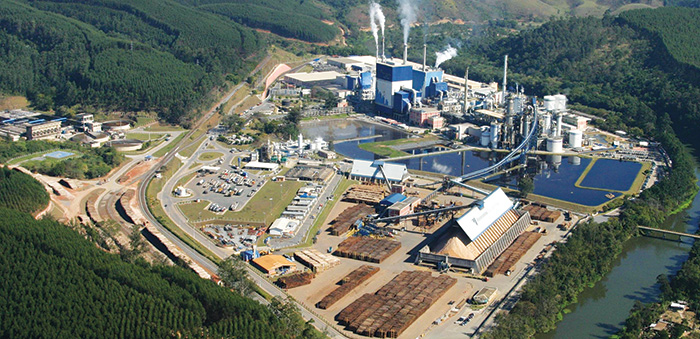Since the installation, the ozone systems have kept both pulp bleach lines operating with more than 99 percent reliability.
07/08/2016
 Image 1. The Fibria Jacareí pulp mill in São Paulo, Brazil, upgraded its ozone bleaching treatment system in 2012 and has since been operating the largest ozone production facility in the world. (Courtesy of Xylem)
Image 1. The Fibria Jacareí pulp mill in São Paulo, Brazil, upgraded its ozone bleaching treatment system in 2012 and has since been operating the largest ozone production facility in the world. (Courtesy of Xylem) 
